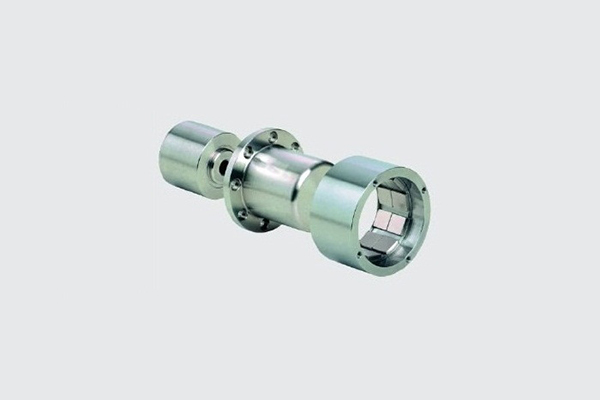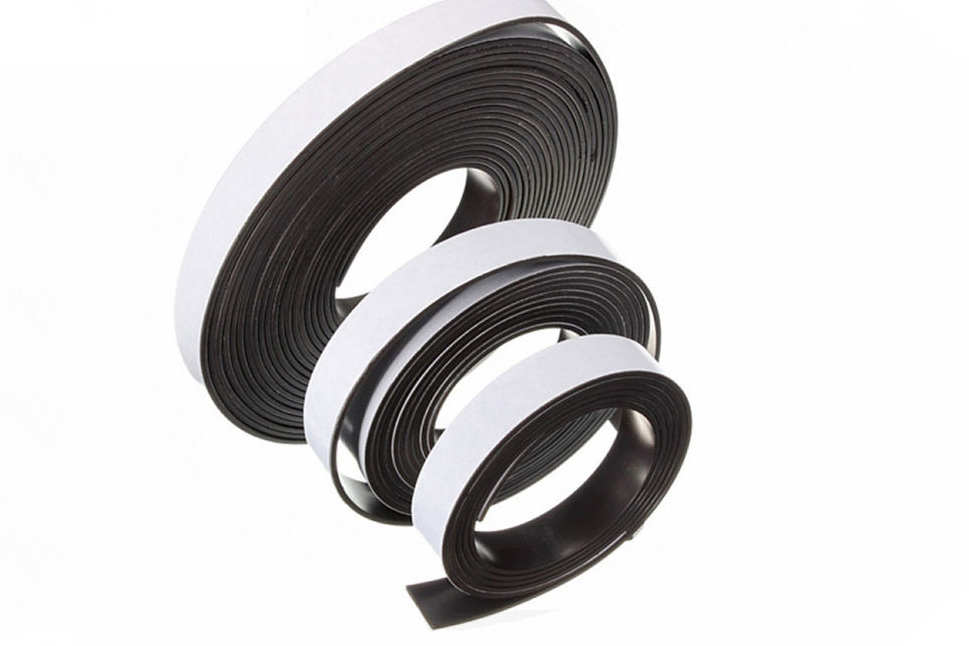How to Select Magnets for Magnetic Coupling?
A magnetic coupling is comprised of two components: a driver and a follower. The driver is the portion of the mechanism that is connected to the prime mover (motor). Through magnetic interaction, the follower reacts to the motion of the driver, resulting in a non-contact transmission of mechanical energy.

Magnetic Coupling
This non-contact power transmission has multiple benefits:
• Isolation of components, which minimizes or eliminates mechanical vibrations through magnetic damping and allows for the insertion of a mechanical barrier between the driver and follower to separate environments and allow operation under pressure differentials.
• High tolerance of axial, radial, and angular misalignment between the prime mover and load.
• Allowance of speed variation and regulation between the prime mover and load.
To get the best air-gap magnetic field intensity for the same type and same size magnetic circuit, you should choose the most suitable magnetic materials for coupling. The permanent magnetic materials transferred torque must include the following properties:
1. High residual magnetic flux density to get the strong magnetic force and magnetic torque.
2. High coercivity (Br) to avoid demagnetization under high working temperature; that is to say, a magnet needs a high magnetic energy product (BHmax).
3. Excellent temperature stability that material can keep magnetic force stability.
Permanent magnet refers to a hard magnet with high coercive force, and high remanence, which can keep constant magnetic force for the long term once magnetized. It can be divided into two types:
1. Metal alloy magnets: Nd2Fe14B, SmCo, and AlNiCo
2. Ferrite/Ceramic
NdFeB – Temperatures up to 150°C. Corrosion protection is required.
SmCo – Temperatures up to 350°C. Corrosion protection is optional.
Ceramic – Temperatures up to 250°C. Corrosion protection is not required.
Hysterlloy (hysteresis couplings) – Temperature is up to 350C. Corrosion protection is not required.
All the above permanent magnets can be used on the magnetic coupling. But neodymium iron boron is the most widely used magnetic material due to its high magnetic energy product (BHmax) and intrinsic coercive force. When under high working temperature (above 200 degrees Celsius), you can use the SmCo magnet which can reach 250 to 300 degrees Celsius.
From strong to weak magnetic force, magnets can be listed as below: Sintered NdFeB > Sm2Co17 > Sm1Co5 > Bonded NdFeB > AlNiCo > Ferrite
Conclusion
Thank you for reading our article and we hope it can be helpful to you when it comes to how to select magnets for magnetic coupling. If you want to know more about magnet products, we advise you to visit Stanford Magnets for more information.
As one of the leading magnet suppliers around the world, Stanford Magnets has been involved in R&D, manufacturing, and sales of permanent magnets since the 1990s. We provide our customers with high-quality rare earth permanent magnetic products such as neodymium magnets, and other non-rare earth permanent magnets.















